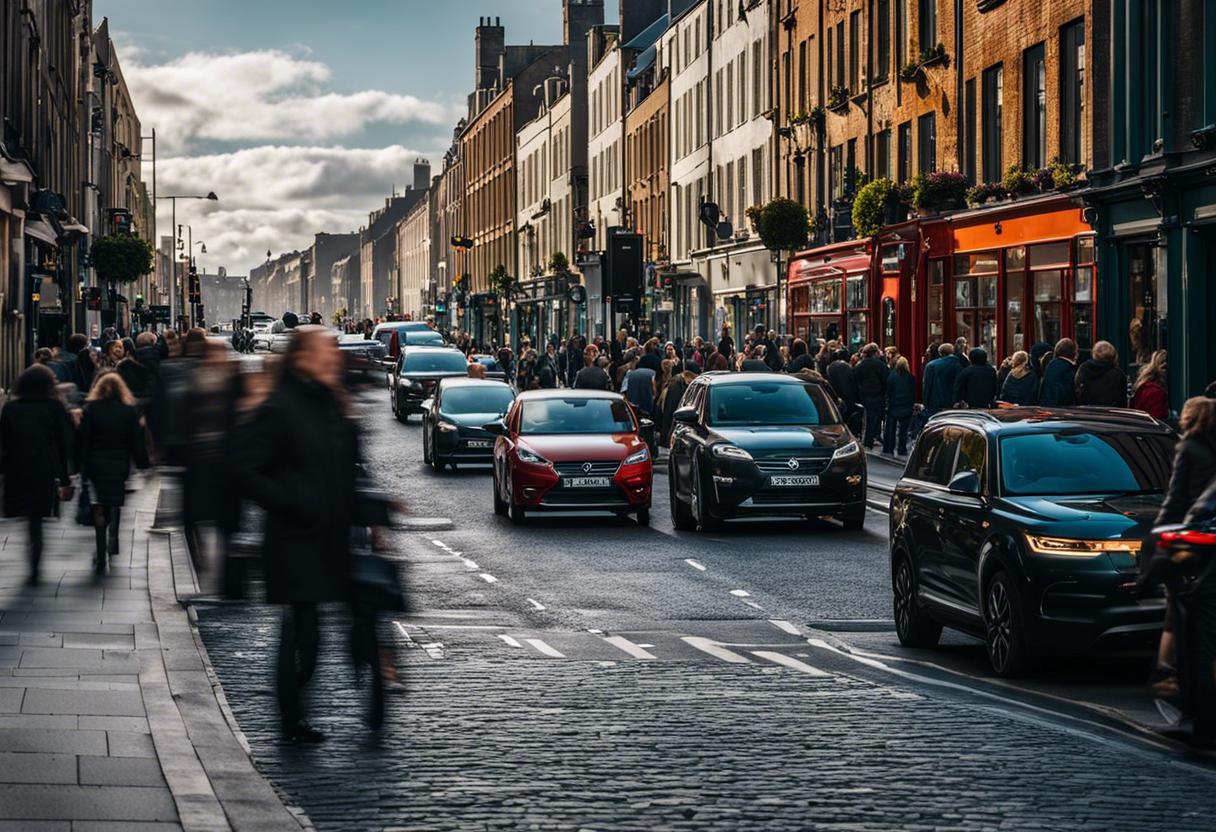The Irish Government has approved a proposed strategy, designed to address the increased congestion in urban areas and larger towns, outlining a possible plan with defined timelines. It includes 35 proposed solutions that have been discussed previously.
The impact this traffic congestion has on the economy due to its increasing costs, elongated travel times and negative environmental effects, has been clearly presented. The inconsistency of car travel times in Dublin on most days underlines the unpredictable level of congestion. Once the carbon emission issues from the transport sector are taken into account, many of the proposed remedies will likely move from tentative to probable. The government maintains, however, this is a medium to long-term strategy.
Local authorities will bear the major responsibility, with future resources directed towards those who can effectively reduce car use, increase access to frequent and reliable environmentally-friendly public transportation, promote walking and cycling.
They will gain the ability to implement congestion charges, much like those applied in increasingly traffic-clogged cities globally. They often come in the form of low emissions or clean air zones, which despite opposition from motorists (who feel burdened with high expenses such as taxes and insurance) have significantly reduced private traffic.
The strategy, currently open for public feedback, asserts that the full potential of public transportation, active commuting and electric vehicles cannot be harnessed given the current congestion levels. Urgency for these solutions is pushed for the medium term – by 2030 – due to a legal requirement for halving transport emissions. There is noticeable lack of progress towards this goal. The Environmental Minister, Eamon Ryan has often expressed concerns about the transport sector being more problematic than the agriculture sector. Non-compliance could result in EU penalties of up to €3.5 billion by the end of the decade.
As election year approaches, the government is aware of the sensitivity of the congestion charge issue. Ryan emphasises that the initial focus should be on redistributing road areas, letting local authorities decide on how best to alleviate congestion in their regions.
The plan also aims to foster a just and lasting methodology for taxing transport, given that the present vehicle tax system is unsuitable for an era increasingly ruled by electric vehicles. Ensuring the right equilibrium between incentives and disincentives will be pivotal for success on all fronts. Given the necessary shift in attitudes and Ireland’s unsatisfactory performance on tackling climate change, greater enforcement measures are likely needed. This is most likely to be implemented through the imposition of traffic jam tolls in the transportation sector.

